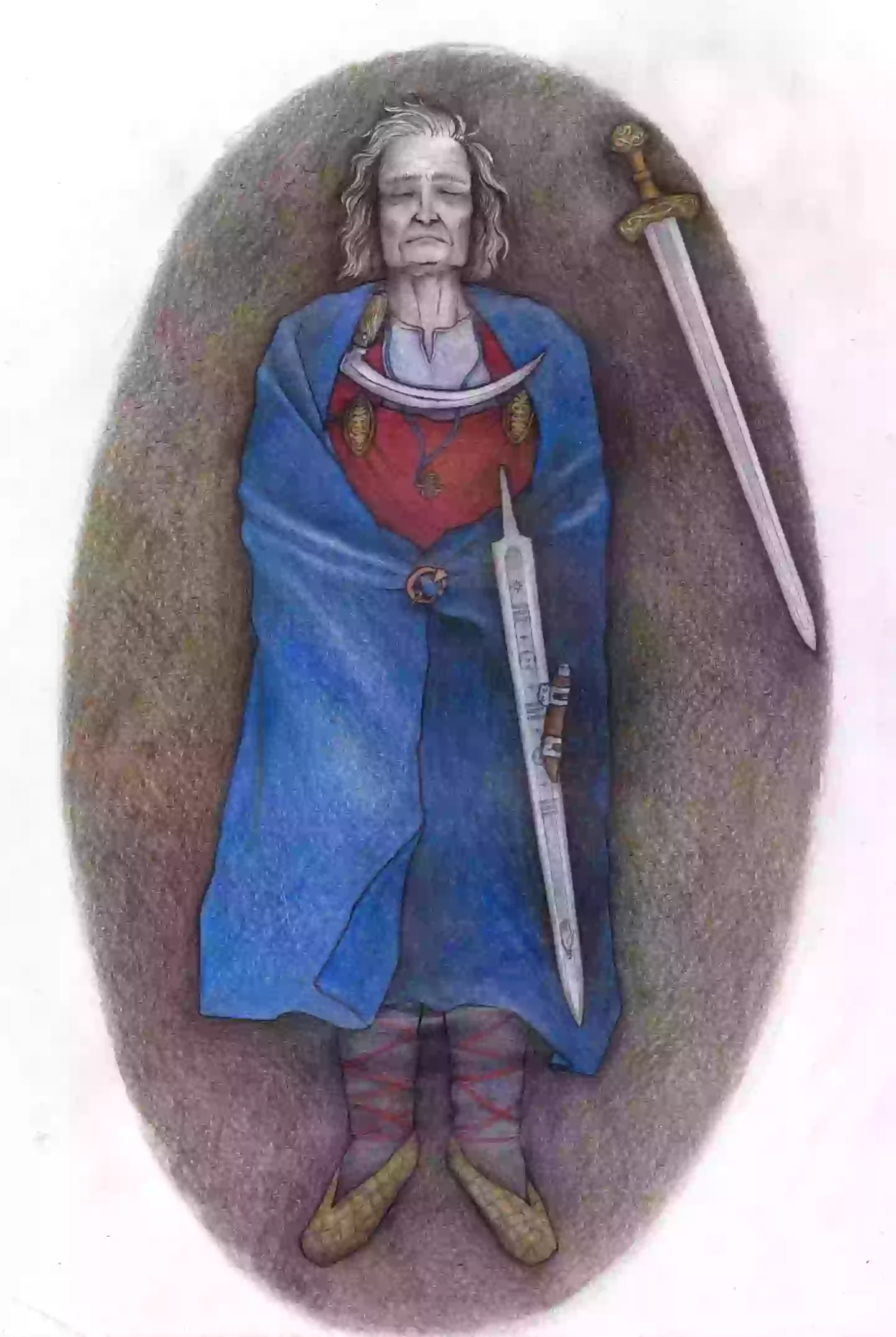
The grave of the unknown warrior was discovered back in the 1960s but a new study claims to have uncovered further details.
As time goes on, it becomes even more difficult to understand people of the distant past.
Scientists and historians often only have the trends of the era, texts and artifacts discovered from that time and other discoveries to aid them as they attempt to put the pieces together of ancient people.
Advert
However, a study looking into the grave of a person discovered in Finland has questioned what we think we know about the societies of the Iron Age and Medieval time period.
As detailed in a 2021 paper in the European Journal of Archaeology, researchers discovered the grave of a warrior in Suontaka Vesitorninmäki, Hattula, Finland, back in 1968.

A sword with a bronze handle was found inside, leading to the discovery of a grave with objects inside which suggest it may have been a woman, if not a person 'whose gender identity may well have been non-binary'.
Advert
A press release from the University of Turku explains: "The jewellery inside the grave indicates that the buried individual was dressed in typical female clothing of the period.
"On the other hand, the person was buried with a sword - possibly two, according to some interpretations - which is often associated with masculinity."
In the five decades since the grave was found, it's been 'considered to be either a double burial of both a woman and a man, or alternatively, a weapon grave of a female, and therefore a proof of strong female leaders or even female warriors in the Late Iron Age Finland'.
However, the study has confirmed the grave only had one person inside, who was 'wearing typical feminine clothes of the period and had a hiltless sword placed on their left hip'.
Advert
.webp)
Ancient DNA analysis of the grave has suggested the warrior may have had the sex-chromosomal aneuploidy XXY, i.e. the Klinefelter syndrome, meaning they were born with an extra X chromosome.
Ulla Moilanen, a doctoral candidate of archeology from the university, said this grave 'may be an example of an individual whose social identity settles outside the traditional division of genders'.
The press release explains: "If the characteristics of the Klinefelter syndrome have been evident on the person, they might not have been considered strictly a female or a male in the Early Middle Ages community.
Advert
"The abundant collection of objects buried in the grave is a proof that the person was not only accepted but also valued and respected."
Topics: History, LGBTQ, News, World News